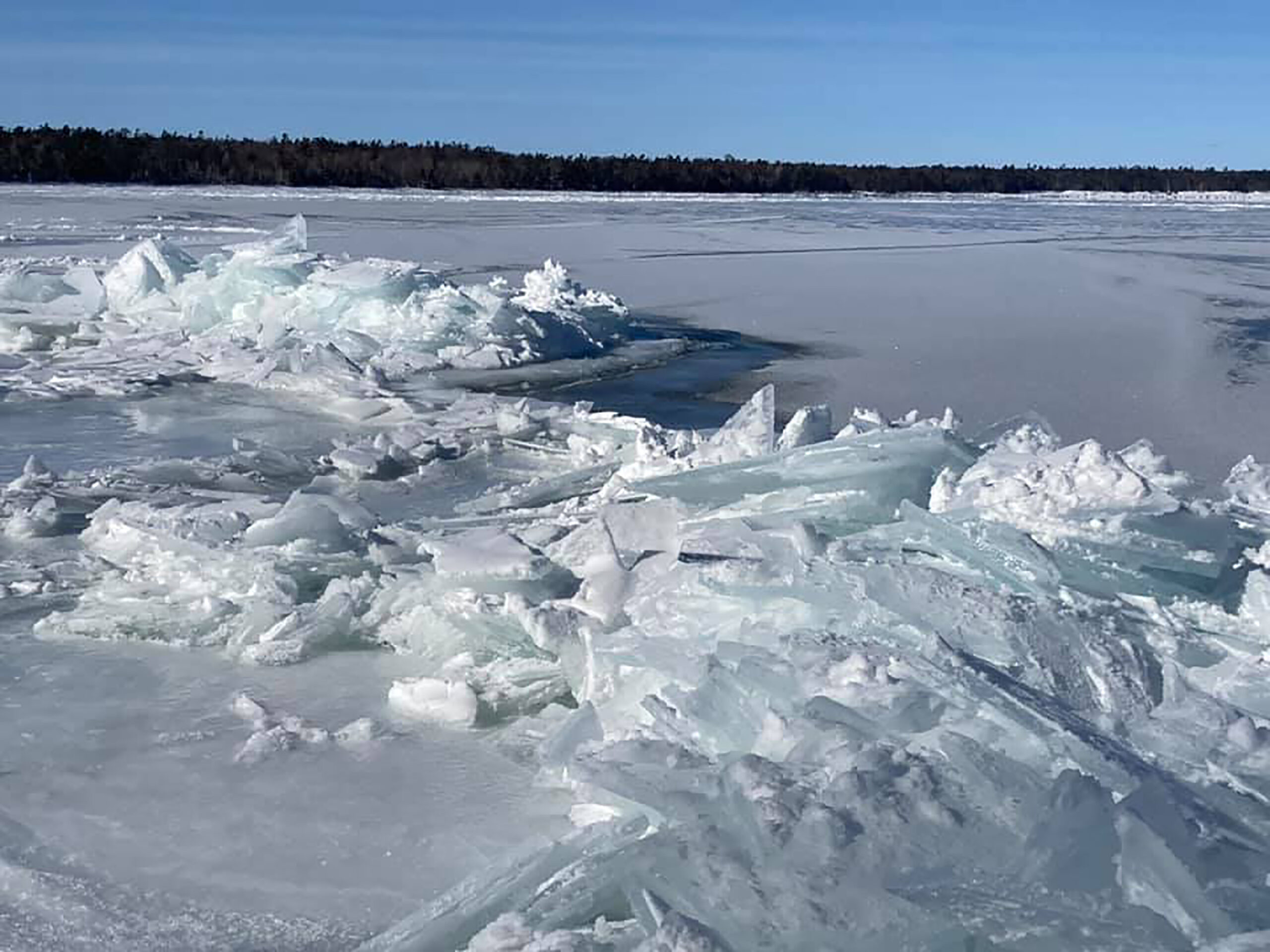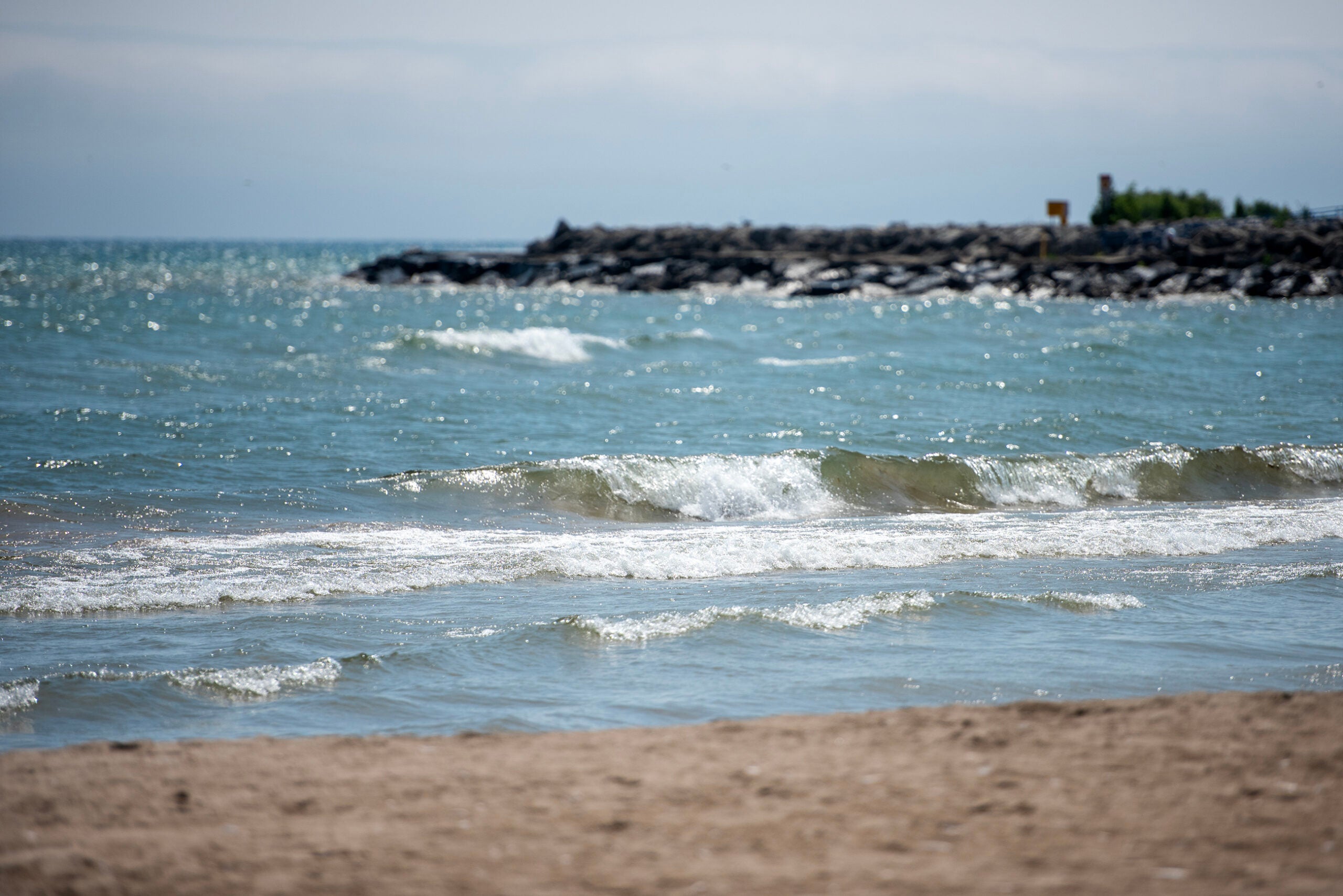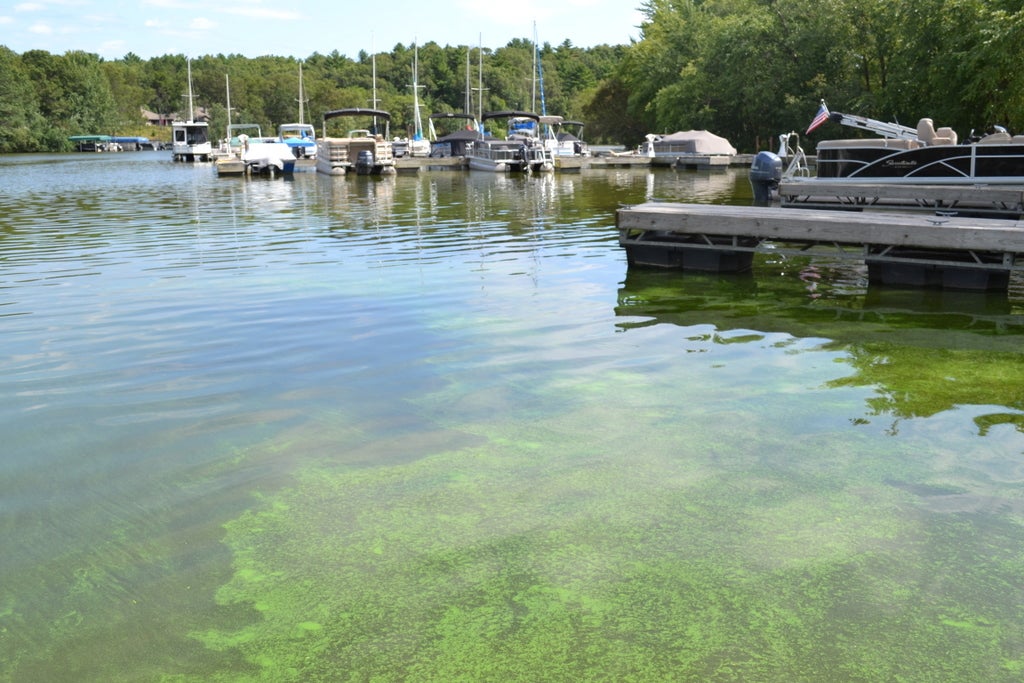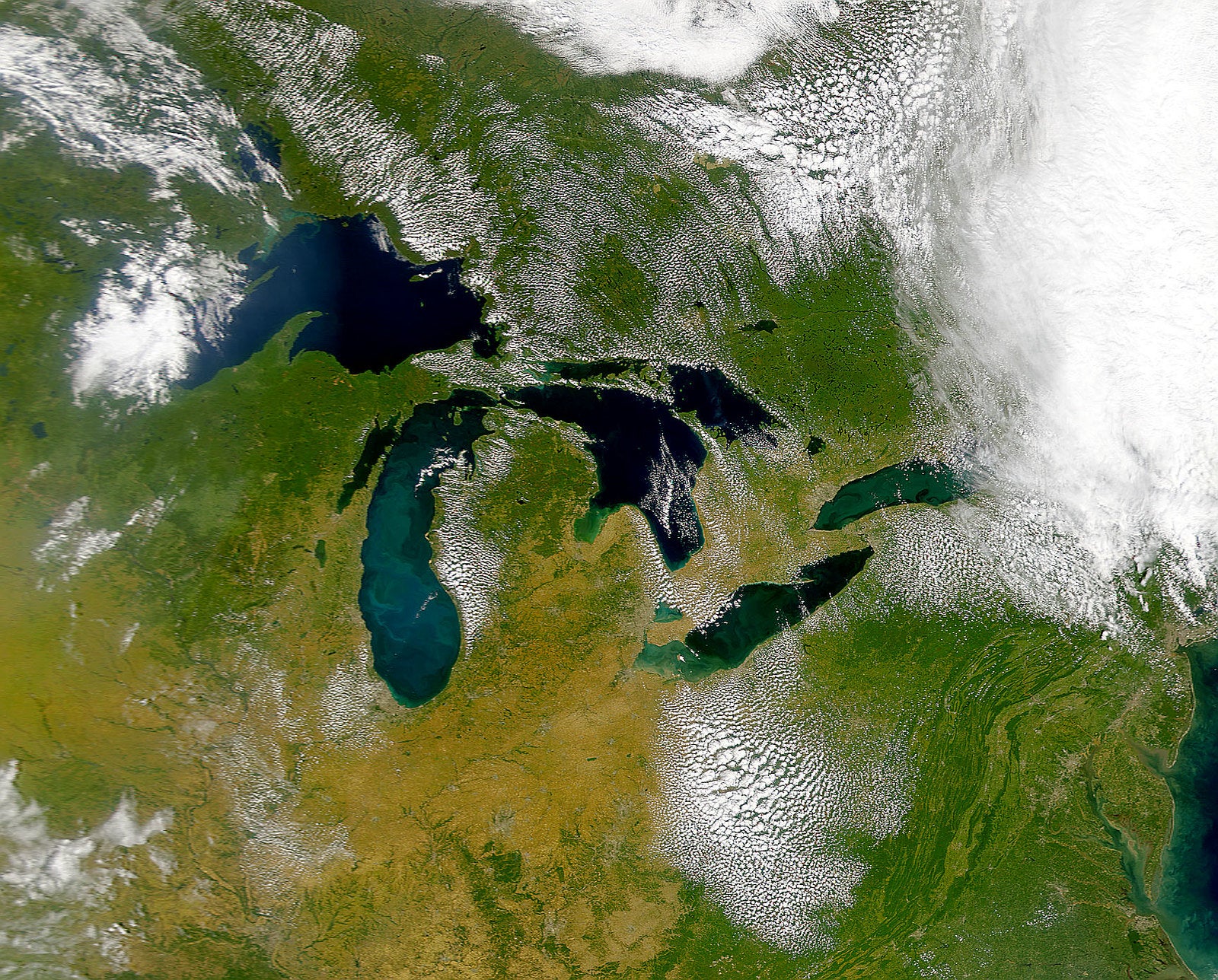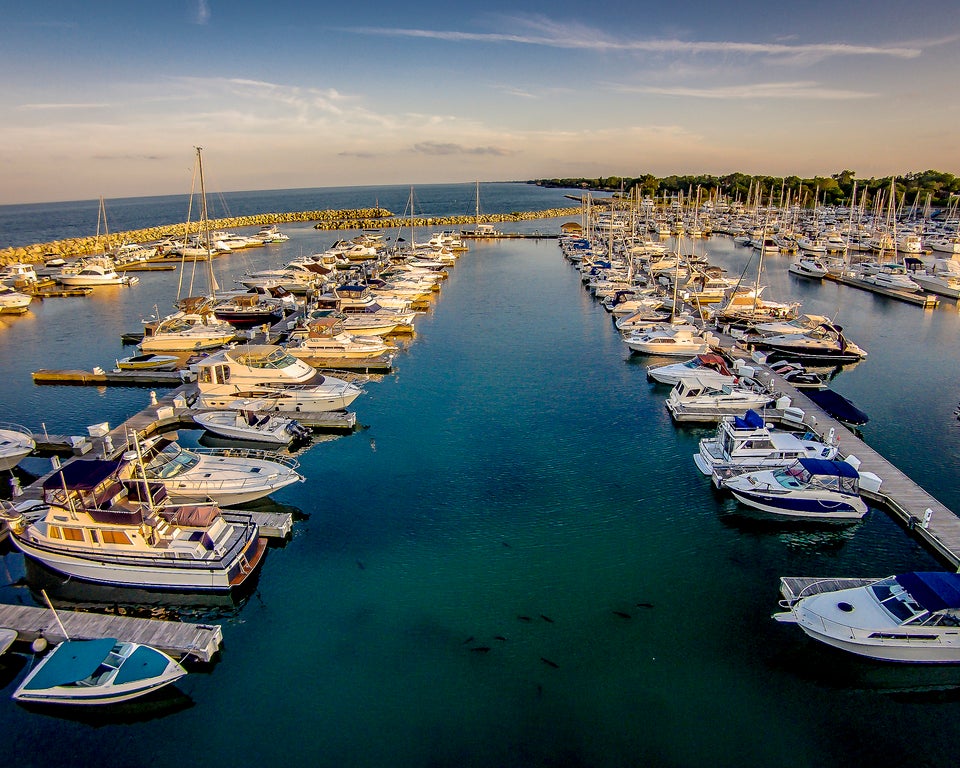Over the next six months, water levels on the Great Lakes are expected to remain below record highs seen last year and in 2019. But levels on most of the lakes will remain above their long-term average.
Water levels have eased from record highs and are far below thresholds seen last summer. In July, water levels on Lakes Michigan and Huron were 18 inches below the monthly record set in July last year, according to Keith Kompoltowicz, chief of watershed hydrology for the Army Corps of Engineers in Detroit. Water levels on Lake Superior were 8 inches below last July’s levels and 12 inches below the record high for the month set in 2019.
Kompoltowicz said the declining lake levels are due to drier weather.
News with a little more humanity
WPR’s “Wisconsin Today” newsletter keeps you connected to the state you love without feeling overwhelmed. No paywall. No agenda. No corporate filter.
“We saw very dry conditions up until recently where we saw some pretty significant drought conditions develop across the Great Lakes basin and that really held the levels, of Lakes Michigan and Huron especially, quite a bit lower than they were a year ago,” said Kompoltowicz.
Lake Superior witnessed below-average rainfall last month while all other lakes saw wetter than average conditions. Superior remained at the same level from June to July while Lakes Michigan and Huron rose 3 inches last month after remaining at the same level since March.
The lakes typically fluctuate with the seasons and reach peak water levels in late spring and summer before dropping in late summer and early fall. Water level gains this summer have been less than average. Lakes Michigan and Huron reached its monthly peak this year in January, which has only happened three other times in recorded history dating back to 1918.
A trend of lower lake levels is expected through January of next year. For Lakes Michigan and Huron, the Army Corps expects water levels will remain 16 to 17 inches below one year ago and as much as 24 inches below records set in 2020 and as far back as 1986. For Lake Superior, water levels should remain 7 to 9 inches below levels seen last year and 11 to 15 inches below record highs.
High water on the lakes has damaged beaches, homes and infrastructure along coastal communities. Many lakefront cities and homeowners are still adapting to high water levels, according to Adam Bechle, coastal engineering outreach specialist for Wisconsin Sea Grant.
“There’s still landowners that have a storm come through, and they lose 10 feet of their bluff. Same story with communities,” said Bechle. “Trying to do larger scale municipal projects and planning, it’s a multi-year effort to get that sort of stuff done. If they didn’t quite know what some of their vulnerabilities were, before the high water period really struck, they’re definitely aware of them now and working towards addressing them.”
One recent survey estimated Great Lakes communities in Wisconsin will need to spend $245 million over the next five years to repair coastal damage due to climate change. Global warming is causing more extreme shifts in lake levels.
While shoreline areas may see a temporary reprieve, Kompoltowicz emphasized water levels will remain above their long-term average on all lakes except Lake Ontario.
“Any time we have above-average levels, there is the threat of that erosion and flooding, especially during storm events,” he said.
Fall months typically bring strong storms around the Great Lakes basin that could impact the shoreline. Kompoltowicz said a very wet fall followed by heavy snowfall and a wet spring could cause the lakes to rise again over the long-term and potentially approach record levels seen in recent years.
Wisconsin Public Radio, © Copyright 2025, Board of Regents of the University of Wisconsin System and Wisconsin Educational Communications Board.



